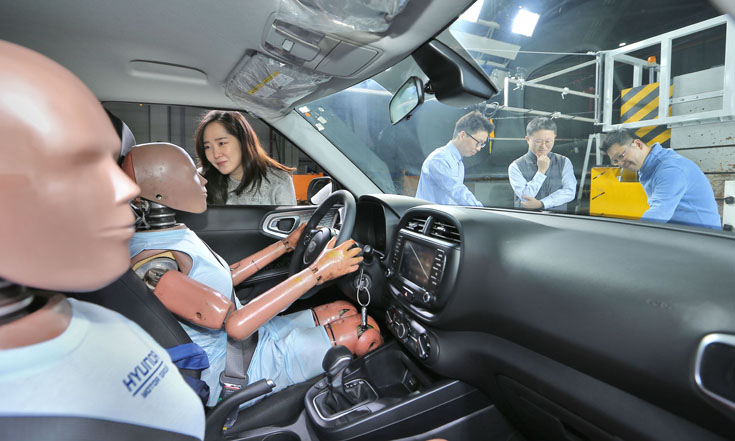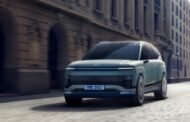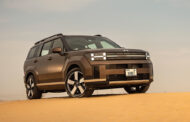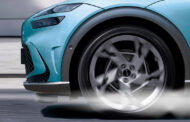Hyundai Motor Group has announced that it has developed the first multi-collision airbag system in the world. The company has developed and is soon planning to commercialize the technology which can improve the way airbags perform in multi-collision accidents where the initial collision is followed by collisions with secondary objects, like other vehicles, trees or lamp posts. This generally happens in about 30 percent of accidents.
Conventional airbag systems do not offer protection for such secondary collisions if the initial impact is not big enough to cause the airbags to deploy. In the case of the multi-collision airbag system, the airbags deploy when a secondary collision occurs after calibrating the status of the vehicle and the occupants.
The new technology detects occupant position in the cabin after the primary impact. In the event that occupants are forced into unusual positions, it can compromise the effectiveness of existing safety technology. The multi-collision airbag systems are designed such that they deploy even faster when the initial safety systems may not be effective. Thus, the drivers and passengers benefit from the additional safety system when they need it the most. By recalibrating the collision intensity needed for deployment, the airbag system can respond more promptly during the secondary impact, thus enhancing the safety of multi-collision vehicle occupants.
“By improving airbag performance in multi-collision scenarios, we expect to significantly improve the safety of our drivers and passengers,” said Taesoo Chi, head of Chassis Technology Center at Hyundai Motor Group. He said that Hyundai would continue its research on more diverse crash situations as part of its commitment to make safer vehicles that protect occupants and prevent injuries.
According to statistics by the National Automotive Sampling System Crashworthiness Data System (NASS-CDS), an office of the National Highway Traffic Safety Administration (NHTSA) in the United States, about 30 percent of the 56,000 vehicle accidents from 2000 to 2012 in the North American region involved secondary collisions.
The primary causes for such multi-collision accidents included cars crossing over the center line (30.8 percent), followed by collisions caused by vehicles coming to a sudden stop at highway tollgates (13.5 percent), highway median strip collisions (8.0 percent), and sideswiping and collision with trees and electric poles (4.0 percent).
Hyundai Motor Group analyzed multi-collision scenarios in many ways to enhance airbag performance and precision in secondary collisions, and plans to implement the system in new Hyundai and Kia models.






















